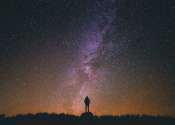Galaxy changes classification as jet changes direction
A team of international astronomers have discovered a galaxy that has changed classification due to unique activity within its core. The galaxy, named PBC J2333.9-2343, was previously classified as a radio galaxy, but the ...









